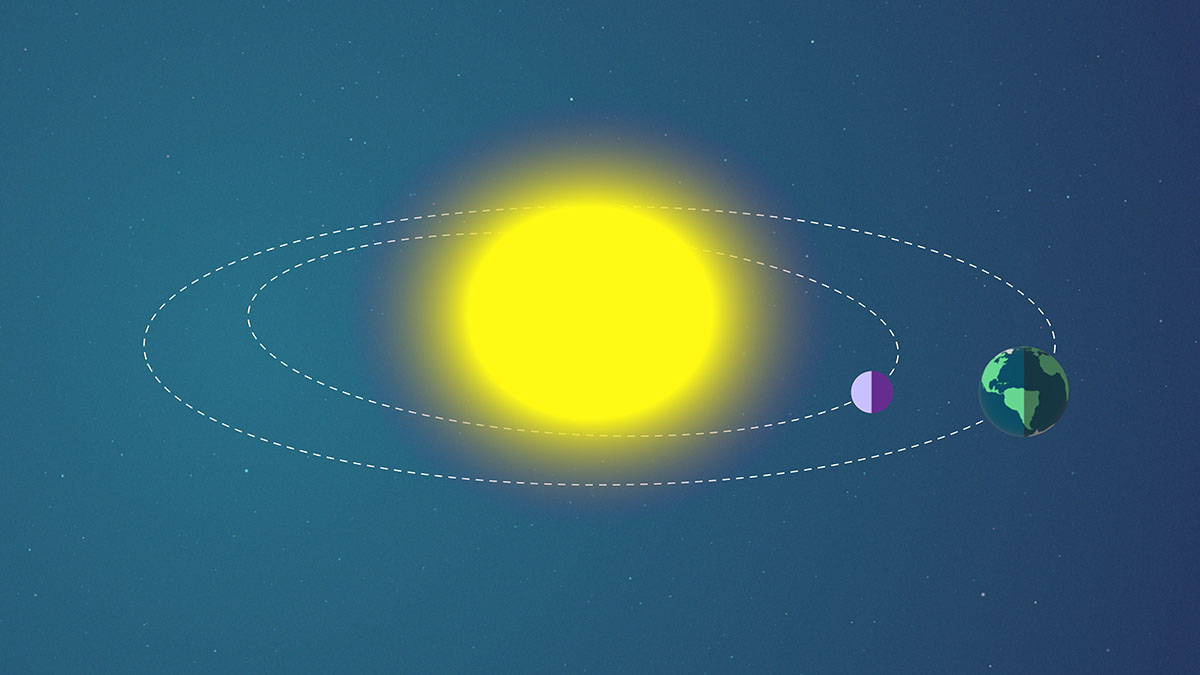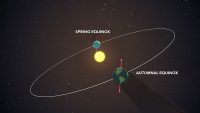During a transit, a planet passes in between us and the star it orbits. This method is commonly used to find new exoplanets in our galaxy. (NASA’s Goddard Space Flight Center/Genna Duberstein)
Home During a transit, a planet passes in between us and the star it orbits. This method is commonly used to find new exoplanets in our galaxy. (NASA’s Goddard Space Flight Center/Genna Duberstein) During a transit, a planet passes in between us and the star it orbits. This method is commonly used to find new exoplanets in our galaxy. (NASA's Goddard Space Flight Center/Genna Duberstein)



